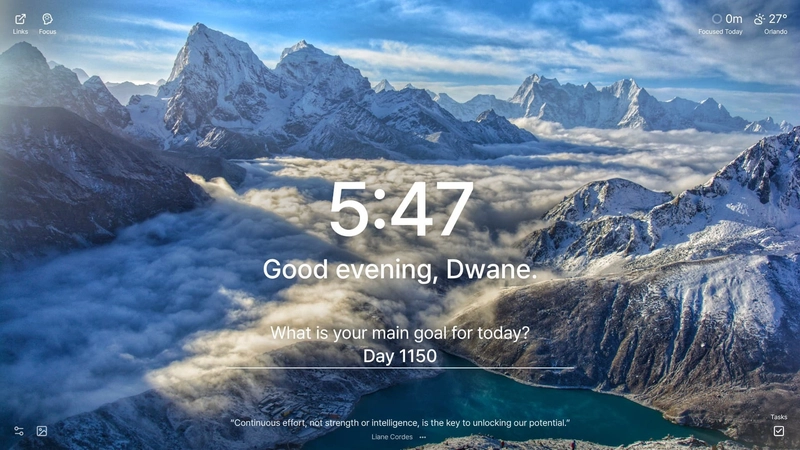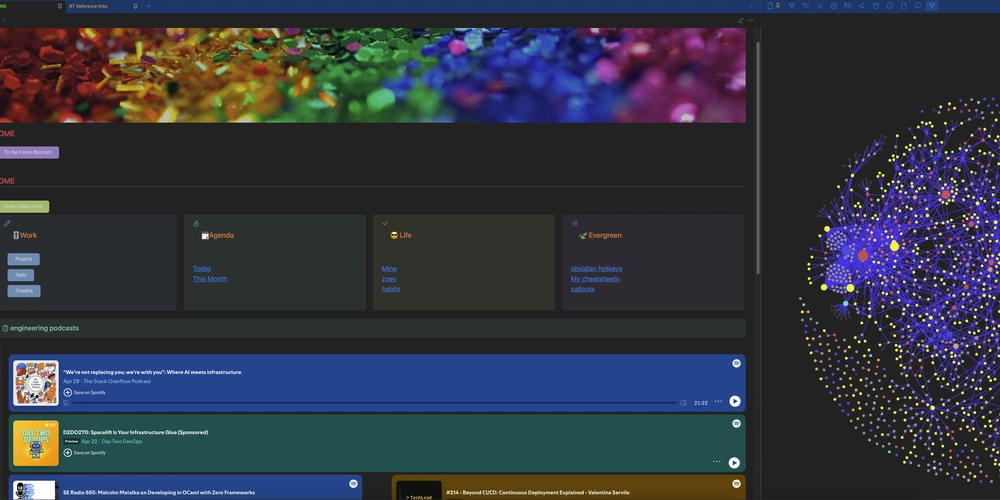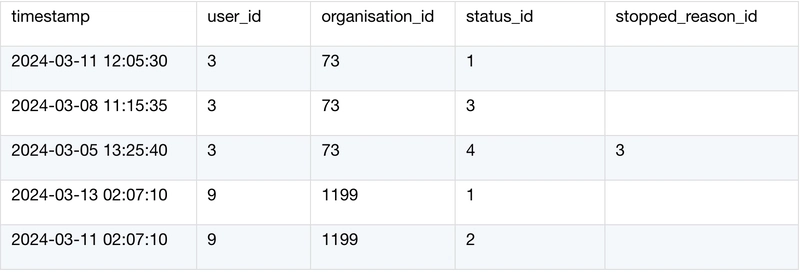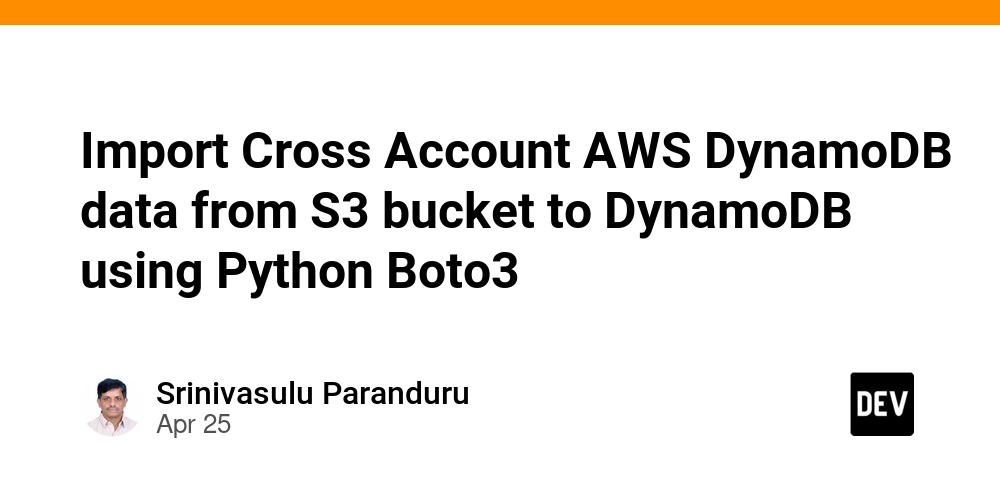Fetch Values from Previous Non-Null Value Rows — From SQL to SPL #24
Problem description & analysis: The database table organisation_user_link stores the current state of the account, where dossier_created is the account creation time. The database table organisation_user_link_status_history stores the change history of account status. Task: Now, based on the specified query date, list the account status for each day within the period from today (March 14, 2024) to the query date (March 1, 2024). Requirement: Reasonably fill in the status of blank dates, for example, from today to the latest change date, it should be filled in as today’s, and from the latest change date to the next nearest change date, it should be filled in as the latest’s; Supplement the account creation date; Finally, sort by account and date in reverse order. Code comparisons: SQL: WITH RECURSIVE dates ( date ) AS ( SELECT DATE('2024-03-01') UNION ALL SELECT DATE(date) + INTERVAL 1 DAY FROM dates WHERE DATE(DATE) < (NOW() - INTERVAL 1 DAY) ), current_history_data_query AS ( SELECT current_history_data.* FROM ( SELECT DATE(timestamp) AS date, user_id, organisation_id, status_id, stopped_reason_id, dossier_created, 'history-data' AS src FROM ( SELECT oulsh.user_id, oulsh.organisation_id, oulsh.timestamp, oulsh.status_id, oulsh.stopped_reason_id, oul.dossier_created, ROW_NUMBER() OVER (PARTITION BY oulsh.user_id, oulsh.organisation_id, DATE(oulsh.timestamp) ORDER BY oulsh.timestamp DESC) AS row_num FROM organisation_user_link_status_history AS oulsh INNER JOIN organisation_user_link AS oul ON oulsh.user_id = oul.user_id AND oulsh.organisation_id = oul.organisation_id ) AS numbered_rows WHERE row_num = 1 AND DATE(timestamp) != DATE(NOW()) UNION ALL SELECT CURRENT_DATE AS date, oul.user_id, oul.organisation_id, oul.status_id, oul.stopped_reason_id, oul.dossier_created, 'current-data' AS src FROM organisation_user_link AS oul ) AS current_history_data ORDER BY DATE DESC ) SELECT d.date, u.user_id, u.organisation_id, ( SELECT status_id FROM current_history_data_query WHERE user_id = u.user_id AND organisation_id = u.organisation_id AND date >= d.date ORDER BY date ASC LIMIT 1 ) AS status_id, ( SELECT stopped_reason_id FROM current_history_data_query WHERE user_id = u.user_id AND organisation_id = u.organisation_id AND date >= d.date ORDER BY date ASC LIMIT 1 ) AS stopped_reason_id, ( SELECT dossier_created FROM current_history_data_query WHERE user_id = u.user_id AND organisation_id = u.organisation_id AND date >= d.date ORDER BY date ASC LIMIT 1 ) AS dossier_created FROM dates d JOIN (SELECT DISTINCT user_id, organisation_id FROM organisation_user_link) u ORDER BY d.date DESC, u.user_id; SQL uses recursive subqueries to create date sequences, which have complex structures. It uses multi-layer nested queries and window functions to mark state changes, and then fills in blank date data with join statements, making the code cumbersome. SPL: SPL does not aggregate after grouping by accounts, but continues to calculate subsets of the groups. SPL provides functions for generating date sequences and records based on date sequences.

Problem description & analysis:
The database table organisation_user_link stores the current state of the account, where dossier_created is the account creation time.
The database table organisation_user_link_status_history stores the change history of account status.
Task: Now, based on the specified query date, list the account status for each day within the period from today (March 14, 2024) to the query date (March 1, 2024). Requirement: Reasonably fill in the status of blank dates, for example, from today to the latest change date, it should be filled in as today’s, and from the latest change date to the next nearest change date, it should be filled in as the latest’s; Supplement the account creation date; Finally, sort by account and date in reverse order.
Code comparisons:
SQL:
WITH RECURSIVE dates ( date ) AS (
SELECT DATE('2024-03-01')
UNION ALL
SELECT DATE(date) + INTERVAL 1 DAY
FROM dates
WHERE DATE(DATE) < (NOW() - INTERVAL 1 DAY)
),
current_history_data_query AS (
SELECT
current_history_data.*
FROM (
SELECT
DATE(timestamp) AS date,
user_id,
organisation_id,
status_id,
stopped_reason_id,
dossier_created,
'history-data' AS src
FROM (
SELECT
oulsh.user_id,
oulsh.organisation_id,
oulsh.timestamp,
oulsh.status_id,
oulsh.stopped_reason_id,
oul.dossier_created,
ROW_NUMBER() OVER (PARTITION BY oulsh.user_id, oulsh.organisation_id, DATE(oulsh.timestamp) ORDER BY oulsh.timestamp DESC) AS row_num
FROM organisation_user_link_status_history AS oulsh
INNER JOIN organisation_user_link AS oul ON oulsh.user_id = oul.user_id AND oulsh.organisation_id = oul.organisation_id
) AS numbered_rows
WHERE row_num = 1 AND DATE(timestamp) != DATE(NOW())
UNION ALL
SELECT CURRENT_DATE AS date, oul.user_id, oul.organisation_id, oul.status_id, oul.stopped_reason_id, oul.dossier_created, 'current-data' AS src
FROM organisation_user_link AS oul
) AS current_history_data
ORDER BY DATE DESC
)
SELECT d.date, u.user_id, u.organisation_id,
(
SELECT status_id
FROM current_history_data_query
WHERE user_id = u.user_id
AND organisation_id = u.organisation_id
AND date >= d.date
ORDER BY date ASC
LIMIT 1
) AS status_id,
(
SELECT stopped_reason_id
FROM current_history_data_query
WHERE user_id = u.user_id
AND organisation_id = u.organisation_id
AND date >= d.date
ORDER BY date ASC
LIMIT 1
) AS stopped_reason_id,
(
SELECT dossier_created
FROM current_history_data_query
WHERE user_id = u.user_id
AND organisation_id = u.organisation_id
AND date >= d.date
ORDER BY date ASC
LIMIT 1
) AS dossier_created
FROM dates d
JOIN (SELECT DISTINCT user_id, organisation_id FROM organisation_user_link) u
ORDER BY d.date DESC, u.user_id;
SQL uses recursive subqueries to create date sequences, which have complex structures. It uses multi-layer nested queries and window functions to mark state changes, and then fills in blank date data with join statements, making the code cumbersome.
SPL: SPL does not aggregate after grouping by accounts, but continues to calculate subsets of the groups. SPL provides functions for generating date sequences and records based on date sequences.



































































































































































![[The AI Show Episode 145]: OpenAI Releases o3 and o4-mini, AI Is Causing “Quiet Layoffs,” Executive Order on Youth AI Education & GPT-4o’s Controversial Update](https://www.marketingaiinstitute.com/hubfs/ep%20145%20cover.png)









































































































































































































































































_NicoElNino_Alamy.jpg?width=1280&auto=webp&quality=80&disable=upscale#)
















































































































![Standalone Meta AI App Released for iPhone [Download]](https://www.iclarified.com/images/news/97157/97157/97157-640.jpg)









































































































